Choosing a home is one of the biggest financial and lifestyle decisions many of us will ever make. But beyond the dream of homeownership, there’s another crucial question that often gets overlooked: how much home do you really need?
The answer varies widely from person to person. For some, a cozy two-bedroom cottage is just right. For others, a sprawling five-bedroom in the suburbs is the goal. Ultimately, the decision to go big, go small, or land somewhere in the middle depends on your lifestyle, values, budget, and future plans.
In this article, we’ll break down the advantages and disadvantages of smaller versus standard-sized homes, looking at both the tangible and emotional sides of the equation. Whether you're downsizing, buying your first home, or simply reassessing what “right-sized” means for your lifestyle, this guide can help frame your next step.
Understanding the Tradeoffs Between Space and Simplicity
A “right-sized” home is not necessarily the largest one you can afford – it’s the one that best supports your day-to-day life, both now and in the years to come. Choosing the right amount of space comes down to finding a balance between what you need, what you want, and what you’re willing to maintain (and pay for).
As you explore your options, take a look at the wide selection of new homes for sale in your desired region. Comparing different floor plans and neighborhoods can give you clarity about what’s possible within your budget and how square footage impacts cost, comfort, and community.

The Case for Smaller Footprint Living
For minimalists, frequent travelers, retirees, or busy professionals, living in a smaller home can offer some clear perks, many of which go beyond the monthly mortgage payment.
Pros of smaller homes include:
-
Lower Upfront Costs: Smaller square footage often translates into a more affordable purchase price, which can mean a smaller down payment and a shorter payoff period.
-
Reduced Maintenance: A smaller home usually means fewer repairs, fewer rooms to clean, and lower utility bills.
-
Greater Efficiency: With smart planning and creative storage, small homes can still offer highly functional spaces without excess.
-
Eco-Friendliness: Smaller homes generally have a smaller carbon footprint, which appeals to environmentally conscious buyers.
-
Encourages Intentional Living: Having less space often means owning fewer things, which can lead to a simpler, more focused lifestyle.
That said, small homes can come with limitations. Families may feel cramped over time, and hosting guests or accommodating new hobbies might be more challenging. If you’re someone who enjoys entertaining or working from home, it’s worth considering whether compact living could feel too restrictive.

The Upside of More Space
On the flip side, upgrading to a standard-sized or larger home brings its own set of benefits, especially for those with growing families, home-based businesses, or long-term plans to stay in place.
Benefits of a standard-sized home or larger are:
-
Room to Grow: More bedrooms, bathrooms, and bonus spaces (like offices or finished basements) allow for flexibility as your family or lifestyle evolves.
-
Increased Resale Value: In many markets, larger homes appreciate faster and attract a broader range of buyers when it’s time to sell.
-
Space For Hobbies and Hosting: Whether you love to cook, garden, or host weekend get-togethers, larger homes give you the freedom to do more at home.
-
Storage: Simply put, bigger homes mean more room for closets, garage shelving, and seasonal storage.
Of course, more space comes with increased costs, both financially and logistically. That includes higher mortgage payments, property taxes, utilities, and potentially more time and money spent on maintenance.
Financial Considerations: Budget Beyond the Mortgage
No matter the size of the home you’re considering, it’s smart to look at the full picture of cost. A lower mortgage might seem ideal, but not if it sacrifices crucial quality-of-life elements. Conversely, stretching for a bigger house may mean giving up other financial goals like travel, savings, or college funds.
Before committing, ask yourself:
-
Can I comfortably afford the total monthly cost (including utilities, HOA fees, and maintenance)?
-
Do I have a realistic emergency fund to cover unexpected repairs?
-
Will this home allow me to save for future goals like retirement or education?
It’s not just about what you can afford now. It’s about how that choice supports the lifestyle you envision over the long term.
Lifestyle Factors and Location
Another layer to right-sizing your home is where you plan to live. Your desired location can influence how much space you can afford and how much space you really need.

Urban Living
City dwellers might find smaller homes or condos more practical. While space may be limited, access to public amenities, walkability, and culture can make up for it.
Suburban or Rural Living
Suburban and rural areas tend to offer more square footage for your money. If you value yard space, privacy, or room to expand, this might be a better option, even if it comes with a longer commute.
Ultimately, where you settle down can determine how effectively your home meets your needs. A smaller home in the perfect neighborhood might feel more “right” than a sprawling house in a location you don’t love.
Final Thoughts: Find the Home That Feels Just Right
There’s no universal formula for choosing the right-sized home. What feels spacious and ideal to one person might feel overwhelming to another. The key is to understand your priorities, weigh the trade-offs, and explore available homes that reflect both your practical needs and lifestyle values.
Whether you’re drawn to the simplicity of a smaller home or the flexibility of a larger one, you’re more likely to land on a satisfying choice when you’ve taken the time to think through the full picture, location, budget, future plans, and what truly makes a house feel like home.
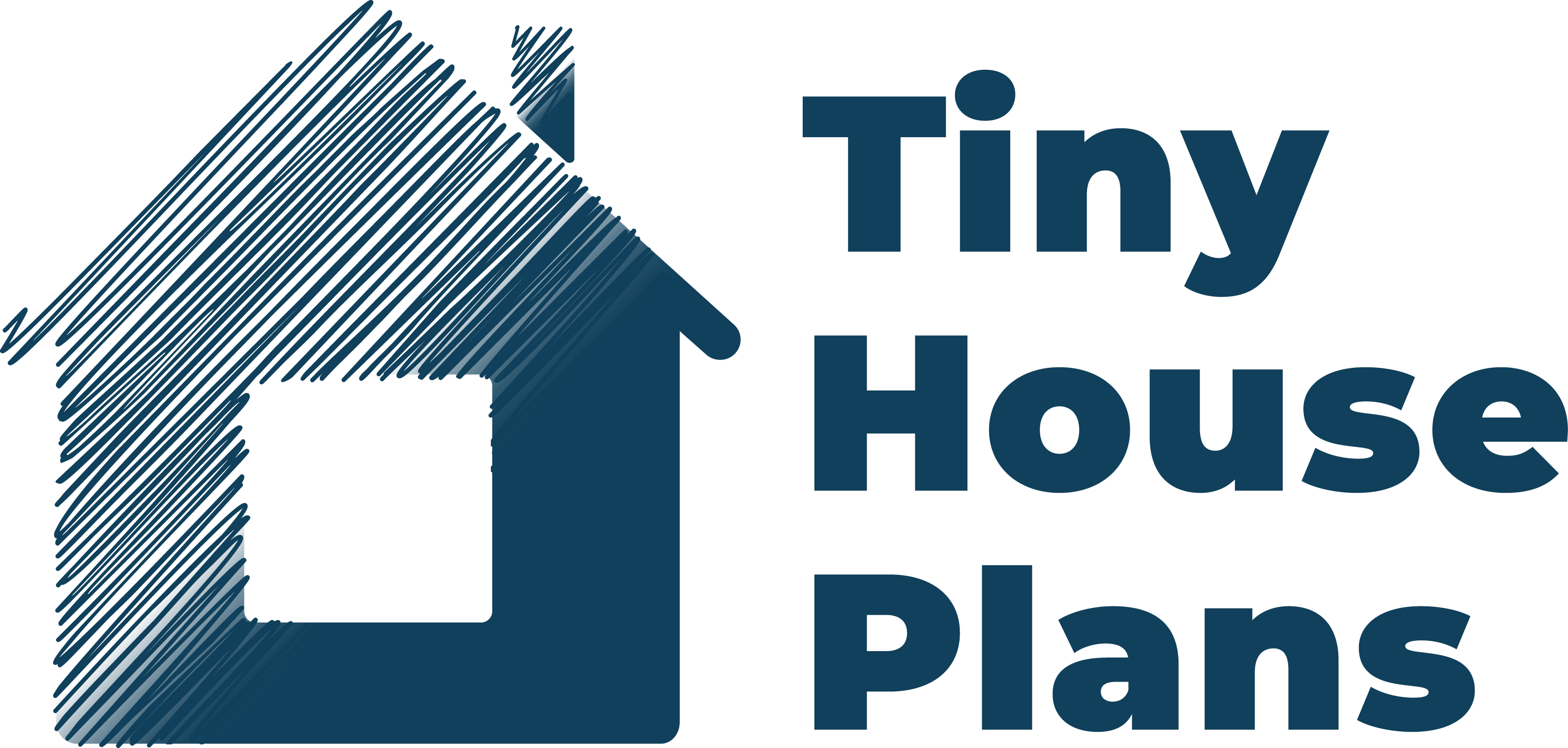

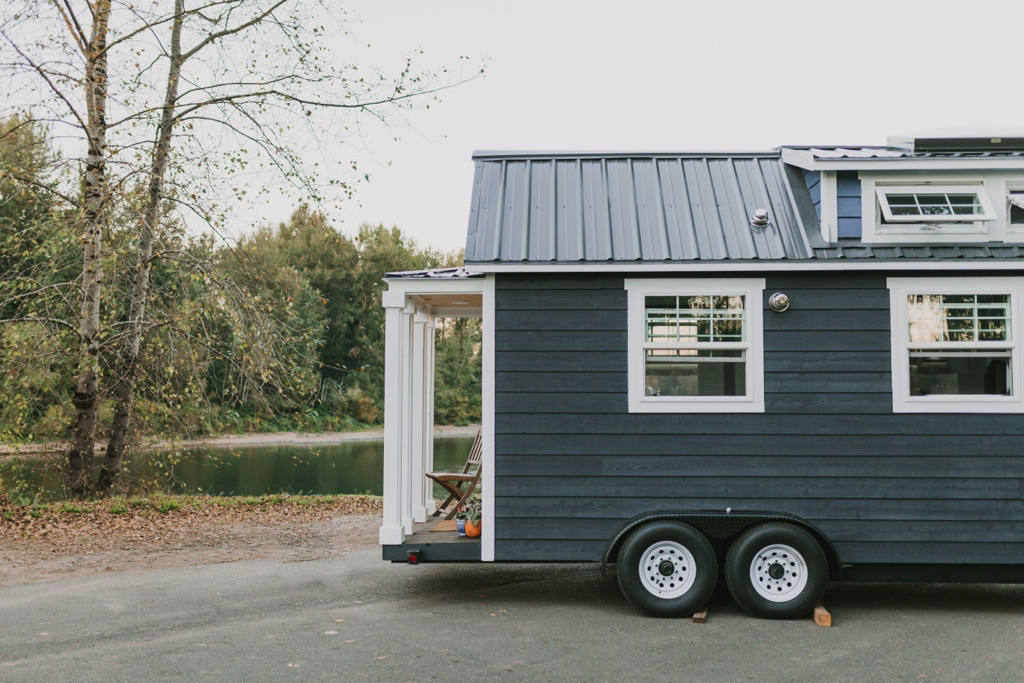
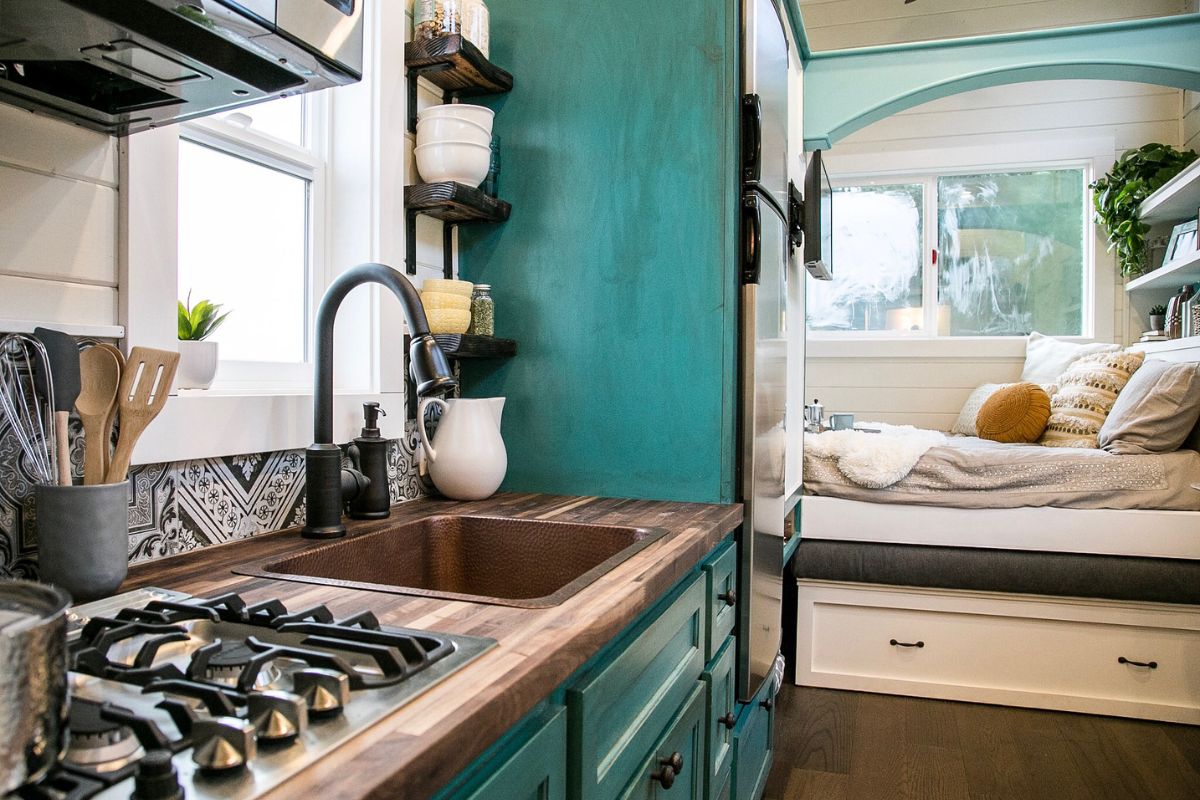
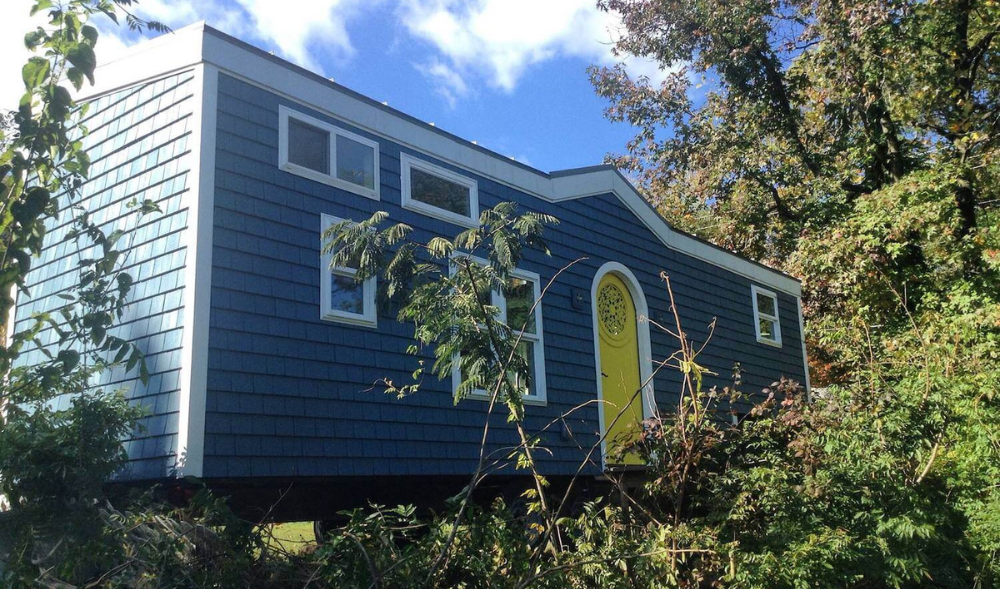
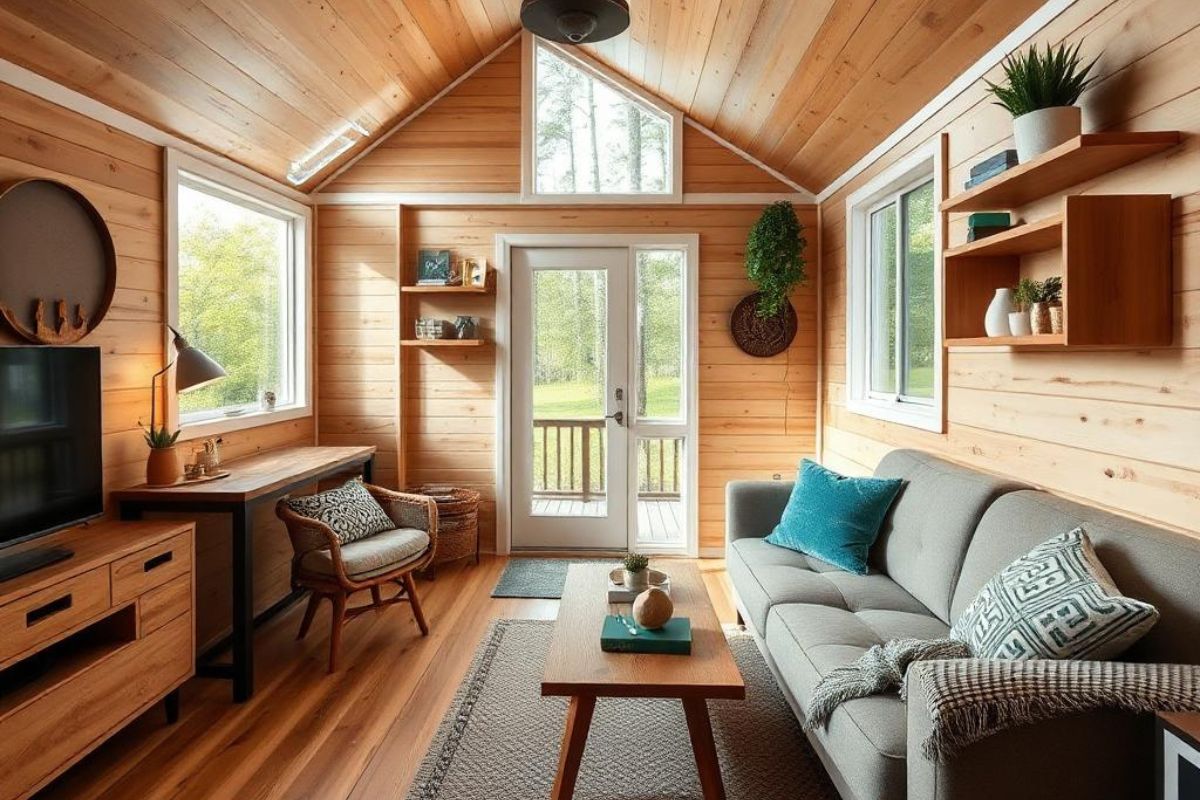
Share: